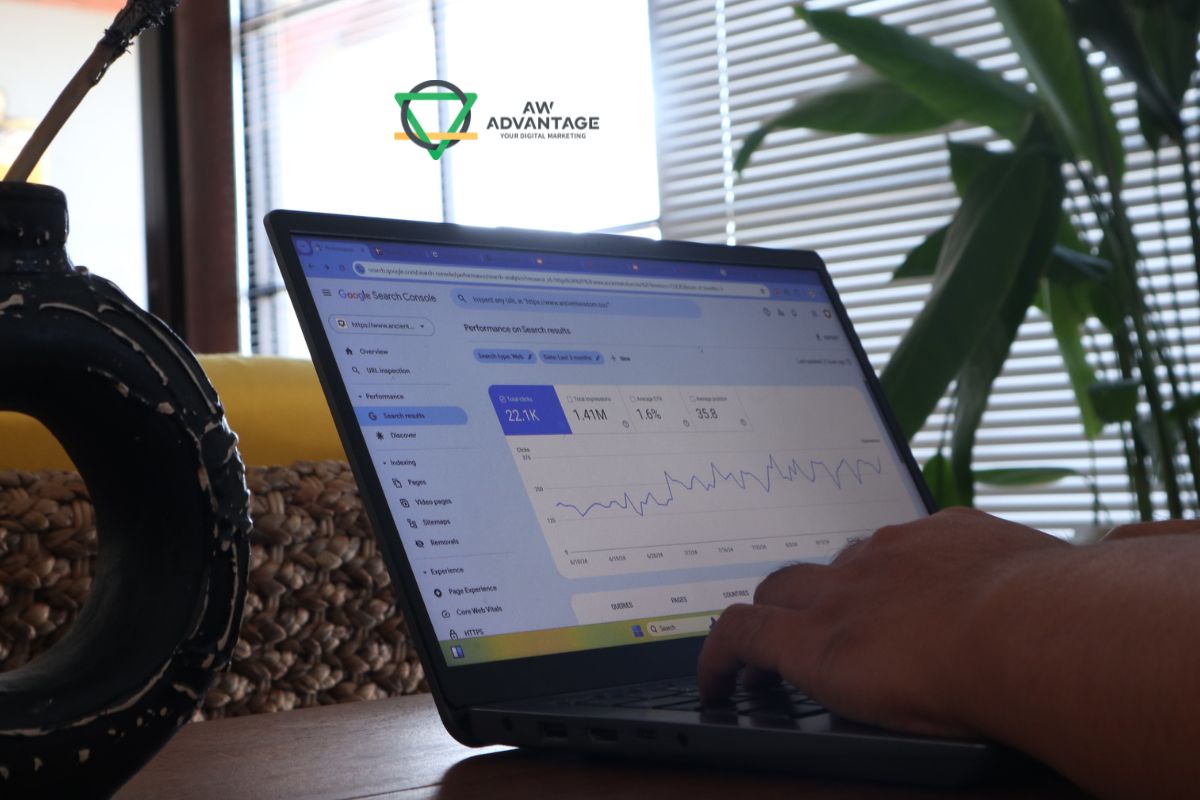Regular Optimization and Analysis: Best Practices for Sustainable Success
In today’s fast-paced digital world, businesses and organisations are constantly striving to improve their performance and efficiency. Regular optimization and analysis are essential components of this endeavor. By continuously evaluating and fine-tuning their processes, companies can stay competitive and adapt to changing market conditions. In this blog, we will explore the importance of regular optimization and analysis, as well as best practices to implement in your organization.
Best Practices for Regular Optimisation and Analysis
Define Clear Objectives: Begin by setting specific goals for your optimization and analysis efforts. What do you want to achieve? Are you focused on reducing costs, improving customer satisfaction, or increasing revenue? Clearly defined objectives provide a roadmap for your efforts.
1. Gather Data Effectively
Data is the foundation of analysis. Ensure that you collect relevant and accurate data. Use various sources, such as customer feedback, employee insights, and performance metrics, to create a comprehensive dataset.
2. Implement Key Performance Indicators (KPIs)
Establish KPIs that align with your objectives. These metrics will help you measure progress and identify areas that require attention. Examples of KPIs include customer satisfaction scores, conversion rates, and production cycle times.
3. Use Analytical Tools
Invest in data analytics tools and software that can help you analyze your data effectively. These tools can provide valuable insights and automate the process, making it more efficient.
4. Regularly Review and Analyze Data
Don’t wait for quarterly or annual reports to review your data. Conduct regular data analysis sessions to identify trends, patterns, and anomalies. This allows you to react promptly to changing circumstances.
5. Involve Cross-Functional Teams
Optimization and analysis should not be confined to one department. Involve cross-functional teams from different areas of your organization to gain diverse perspectives and ideas.
6. Continuous Improvement
Optimization and analysis should be ongoing processes. Encourage a culture of continuous improvement within your organization, where employees are empowered to suggest and implement changes.
7. Benchmark Against Industry Standards
Compare your performance and processes against industry benchmarks to understand how you stack up against competitors. This can highlight areas where you need to catch up or excel.
8. Document and Share Findings
Keep thorough records of your analysis findings, strategies implemented, and outcomes achieved. Share this information with relevant stakeholders to maintain transparency and accountability.
9. Adapt and Iterate
The business environment is dynamic, and what works today may not work tomorrow. Be prepared to adapt and iterate your optimization strategies as circumstances change.
Why Regular Optimisation and Analysis Matter
1. Improved Efficiency and Productivity
Regular optimization helps identify inefficiencies in processes, allowing you to streamline operations and increase productivity. By eliminating bottlenecks and redundant tasks, you can make the most of your resources.
2. Cost Reduction
Analyzing your operations regularly can pinpoint areas where you can cut costs without sacrificing quality. This can lead to significant savings over time, contributing to your bottom line.
3. Enhanced Decision-Making
Data-driven analysis provides insights into what works and what doesn’t. This information is crucial for making informed decisions and developing strategies that are more likely to succeed.
4. Competitive Advantage
Staying ahead of the competition requires constant improvement. Regular optimization ensures that your organization remains agile and responsive to market changes, giving you a competitive edge.
Regular optimization and analysis are not just best practices; they are essential for the long-term success and sustainability of any organization. By setting clear objectives, gathering and analyzing data effectively, and fostering a culture of continuous improvement, you can stay competitive, reduce costs, and make more informed decisions. Embracing these practices will position your organisation for success in an ever-changing business landscape.






